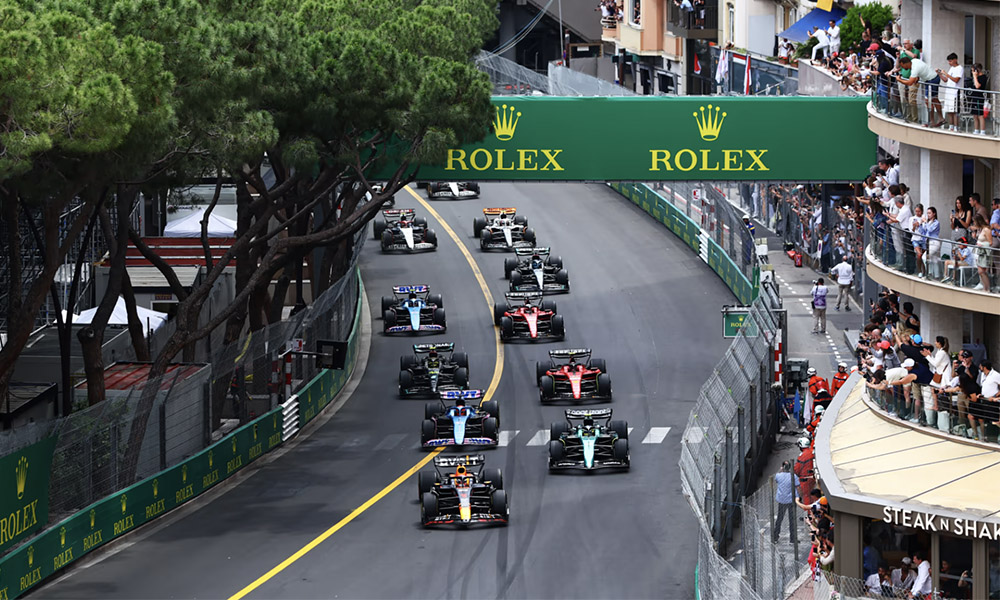
After heavy rain resulted in the cancellation of the 2023 Imola Grand Prix, Formula 1 headed to Monaco for what was supposed to be the second race of a triple-header. Red Bull had always been the team to beat, especially with Max Verstappen who seemed unstoppable at the moment.
If there was any chance for a shake-up in the grid, it would be at the 2023 Monaco Grand Prix as this is the one race where absolute pace doesn’t guarantee victory. So, here are five things we learned from the event.

1. The Monaco Grand Prix isn’t your usual race. This street circuit is easily the most unforgiving track with its tight and narrow streets. When a minor brush against the wall can easily result in a major accident, there’s little room for error. Because of this, qualifying is the most crucial part of the weekend.
Track position is key as overtaking is highly difficult. And this means that the best chance of gaining a position isn’t in the corners but in the pits, which makes strategy more important than ever.
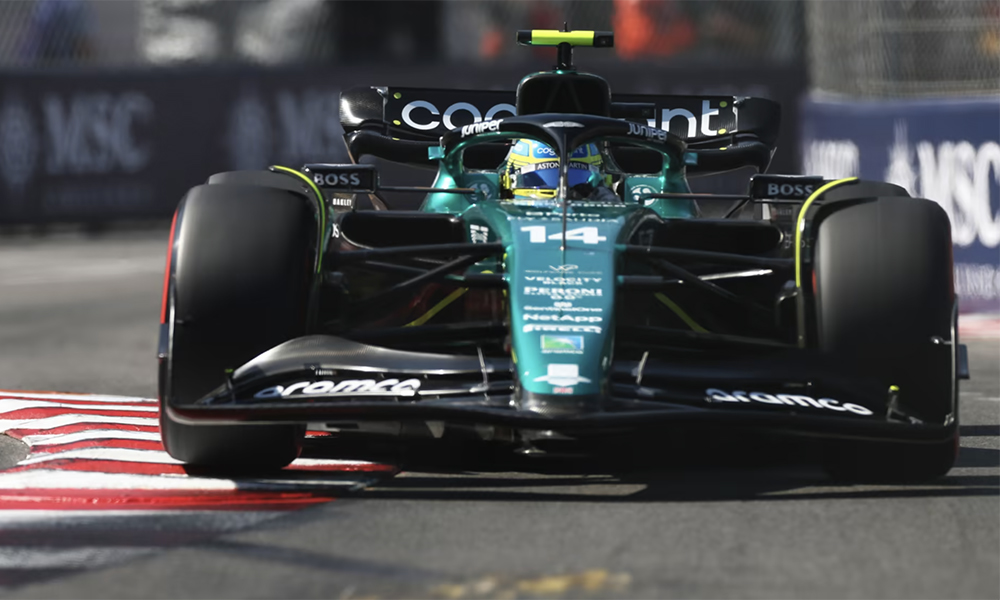
2. Qualifying was tight. During Q3, various drivers managed to land on pole position at one point in the session, including Verstappen, Fernando Alonso (Aston Martin), Charles Leclerc (Ferrari), and even Esteban Ocon (Alpine).
In the end, the first two qualified for P1 and P2, respectively, separated only by 0.084 second. Meanwhile, a three-place grid penalty for Leclerc promoted Ocon to P3, making for an exciting starting grid.
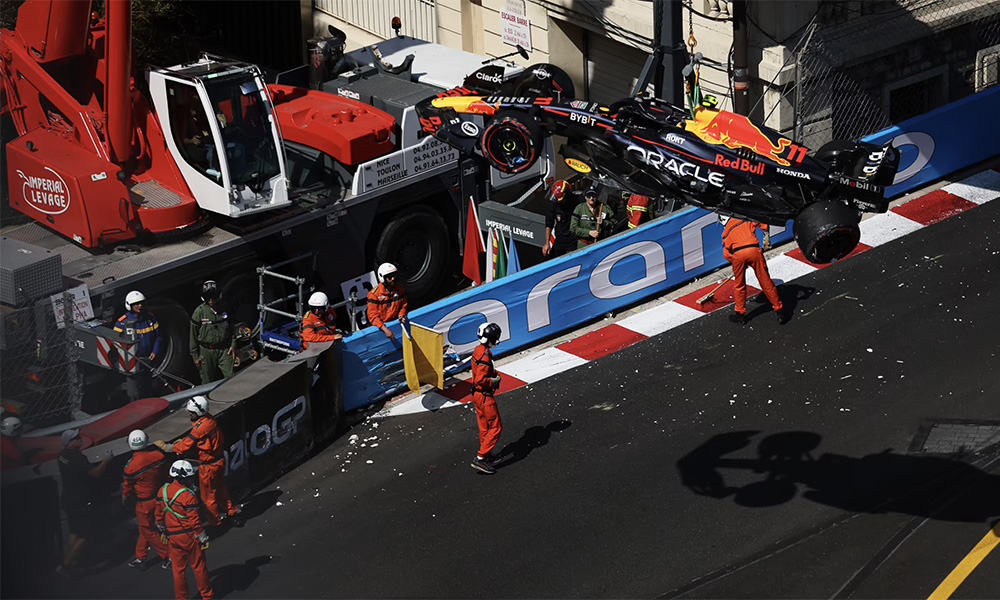
3. Sergio Perez’s race was over before it started. Checo is known for being “King of the Streets” having won at circuits in Azerbaijan, Singapore, Saudi Arabia, and also Monaco. But he lost his shot at having a good race the moment he crashed in the first part of qualifying.
Unable to set a proper time, he started dead last. And even with the best car on the grid, he was unable to claw his way back into the points, finishing only in P16.
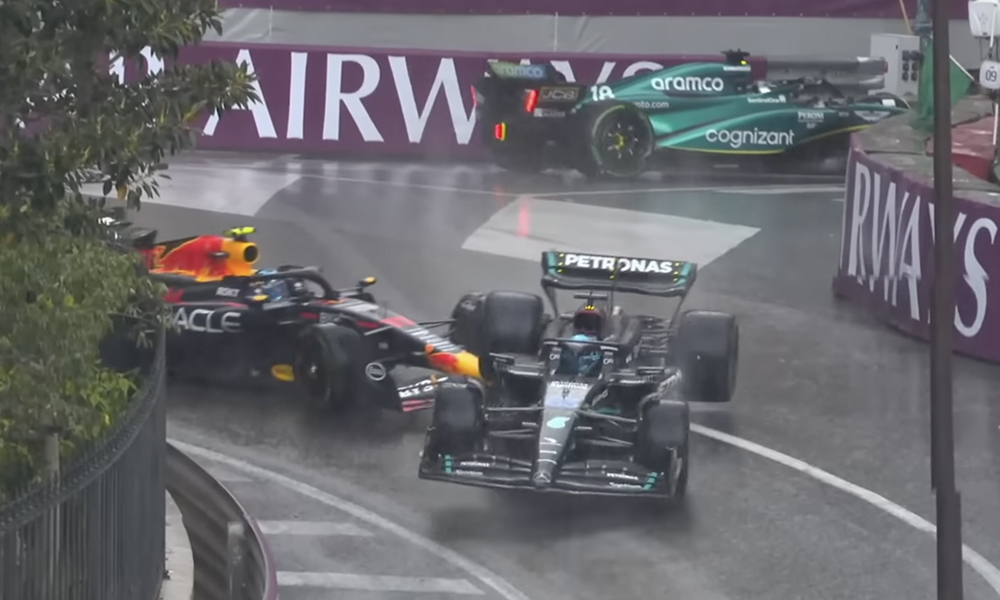
4. Rain in Monaco is always exciting. The Monaco Grand Prix has a negative reputation for being an over-glorified procession because of the lack of overtaking. And that’s more or less how most of the race panned out—until the rain started pouring in the latter part.
By Lap 53, everyone was struggling to survive on the track, which was getting more and more wet. At that point, the burning question at the pit wall was when to make the switch to intermediate tires. Go in too early and the rubber might not last long enough, but stay out too late and the driver might end up slipping and crashing.
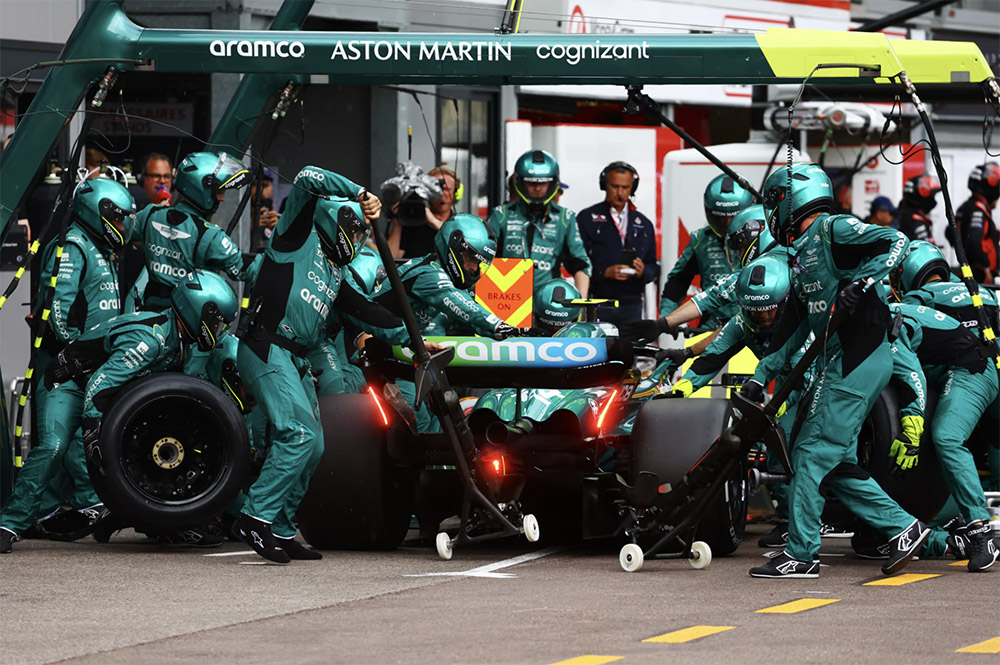
5. This was Fernando Alonso’s closest chance at victory. Starting second on the grid, the Spaniard had a real shot at winning if his team played the cards right. Verstappen started on medium tires, while Alonso had the longer-lasting hard tires. This meant the latter had the advantage toward the closing stages of the race.
However, when the rain started pouring, Aston Martin made the call to pit Alonso for slick tires, expecting that the rain wouldn’t last long. It didn’t. So he had to pit a second time for intermediates.
In spite of that, he didn’t lose track position, so he was able to achieve his best finish so far this season at P2. This makes us wonder: Had the team gone straight for intermediates, would Alonso have won?
The next race will be the 2023 Spanish Grand Prix on June 4.


0 Comments